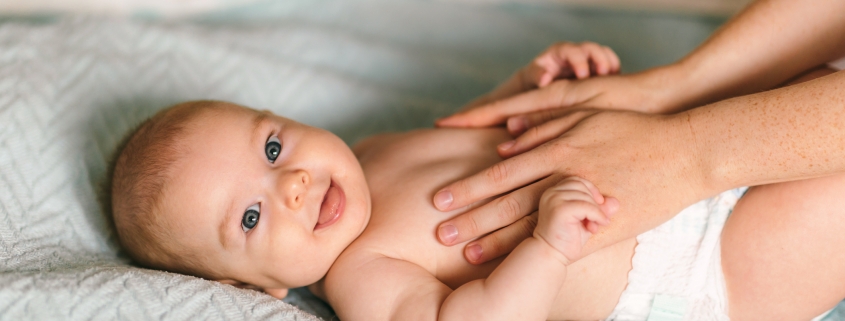The Pain of Teething
The age of teething varies from child to child, but the baby’s first teeth usually appear around the age of 6 months. Some babies may not have had them before, at 3 months, or some may not have had them until their first birthday.
What are the signs and symptoms of tooth extraction?
Teething is generally associated with gum and jaw discomfort. The tooth moves below the surface of the gum tissue. This area may look a little red and swollen. Some teeth may be more sensitive when they are coming out. Others may cause more discomfort due to their larger surface. Symptoms that occur with teething include:
The gums are red and swollen at the site of the tooth.
Some babies may have problems.
Some may have a slight increase in body temperature (less than 101 degrees Fahrenheit) or 38.3 degrees Celsius.
Water flowing from the mouth.
Restlessness or decreased sleep due to gum discomfort.
Refusal to eat food due to pain in the gum area.
Touching the mouth.
Mild rash around the mouth due to skin irritation, secondary to excessive water infiltration.
Rubbing the cheek or ear area as a result of recurrent pain during tooth extraction.
What are the symptoms of tooth extraction?
Fever: Because tooth eruption is a normal physiological process, the association with fever and systemic disorders is not justified. Any fever above 101 ° F is not associated with tooth extraction.
Diarrhea.
Cold symptoms.
Runny nose and cough.
Long-term fault.
Other serious illnesses such as seizures, ear infections, respiratory infections and even death have been mistakenly attributed to tooth decay.
Does teething cause fever in children?
Many still believe that a child can have a fever while teething (even health care providers!) But the results of well-done medical research have shown that temperatures above 101 degrees Fahrenheit Teething is not related. If there is a fever during this period, it is a mere accident and must be caused by something else.
However, if you compare the body temperature of a child who is having a tooth extracted with a child who is not having a tooth extracted, his or her temperature may be a little high, but this increase is not important enough to be called a fever. Do they have a little fever? Most teeth appear between 4 and 15 months during this time, and babies become more active and mobile. They learn to crawl and walk. They are often immediately exposed to a wider range of infections. And putting them in your mouth is a common thing they do. When your baby starts crawling around, this is a great way to catch a virus that may then lead to a fever.
How to manage the pain of teething your child?
Use these several teething solutions to help manage your child’s teething
Try to be available for support when your child is in pain.
Reduce your baby’s discomfort by offering something cool to chew on (such as a damp bath towel or cold pacifier or teething ring).
Try not to use frozen objects that may cause frostbite.
Do not give your child any hard food like raw carrots, it may cause suffocation.
Do not try to give your child toothpaste because it may contain a lot of sugar.
When removing a tooth, massage your baby with a clean finger to help the tooth emerge and emerge from the cleft.
Acetaminophen or pills can help relieve the pain and discomfort of constant teething, but consult your doctor before offering any treatment.
Over-the-counter tooth extraction gels that contain topical analgesics can help reduce pain, but should be used with caution and only with a doctor’s advice.
Inflammation of the gums before a complete eruption of the crown of the tooth may cause temporary pain, but it will usually subside within a few days. It is not necessary to remove the gum coating on the tooth to help the tooth appear.
When should you see a doctor?
See your doctor if your child has a fever (above 101 ° F), diarrhea, vomiting and other important issues such as seizures.

